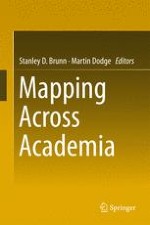2017 | OriginalPaper | Buchkapitel
The Brain and Its Maps: An Illustrative History
verfasst von : Jordan P. Harp, Walter M. High
Erschienen in: Mapping Across Academia
Verlag: Springer Netherlands
Aktivieren Sie unsere intelligente Suche, um passende Fachinhalte oder Patente zu finden.
Wählen Sie Textabschnitte aus um mit Künstlicher Intelligenz passenden Patente zu finden. powered by
Markieren Sie Textabschnitte, um KI-gestützt weitere passende Inhalte zu finden. powered by
